We do always question what fashion is most inspired by and whether it is art or if it is just commercial, etc. I personally think fashion is, besides being commercial art, also a opportunity for political statements.
I for example rebel against establishment, against what people think one should look like, etc. with my collections. When I design a skirt with Dr. Martin Luther King Jr.'s picture on it, I state that I find his personality and message important and I pay tribute to it and when I put a substance abuse party print t-shirt under a police officers jacket I expose the corruption of certain authority figures, etc.
It is a fundamental desire of people to be able to express themselves and that is the reason for sales of merchandise with a political statement factor. Of course all fashions are here to make statements because even the guy that sports a classic outfit from Brooks Brothers, makes the statement that he believes in a more conservative approached style. Style can also be used to mislead peoples perception of ones self.
The most recent political fashion accessory (be it worn consciously or unconsiously) is the Shemagh ("kufiya", "keffieh" or "kaffiyeh", "hatta","yashmag" the Arabic terms).
Seen on every street corner for sale in New York, Tokio, Berlin and other major cities around the world and worn by all kinds of people as reported on many fashion/style blogs, etc. The typical fashionable person wears the Shemagh "street style", simply tied around the neck like this:



In the Arab world the scarf is either worn "Kufiya"-Style (A Kufiya is part of the formal Arab attire and is bound by a "aqaal", the cord that goes around the wearer's head)...


...or it is worn like this, "Shemagh-Style"...


Here are a few ways to tie a Shemagh scarf:
Now, my opinion is that the latest popularity of this scarf (originally an 80's trend which started popping back up in 2003 after the US lead invasion in Iraq and by now has become a widespread fashion trend) - also worn by the late Palestinian president Yasser Arafat (The Kaffiyeh is the most recognized symbol of support for the Palestinian intifada) - is rooted in the desire of the Western world to balance out the injustice that is being done by our President, namely George W. Bush and his administration, in the Arab world.
At a time when most Americans wish for the troops to come home and the war in Iraq as well as the Israeli and Palestinian conflict be ended, it is only fitting that people show their colors (and patterns) by wearing this unmistakable political accessory.
The trend has become so huge though that there is a vast amount of youngsters now wearing it, while having no clue about what this scarf stands for and why it has become a trendy fashion accessory, and they simply don't care (!) which is too much of course... and it is also the reason why many people have different ideas about this new trend.
Below an opinion about it from Germany (NOT my point of view however).
And finally here some variations: The collection of the official brand and the matching video...
....by the way here is my way of wearing the Kufiah... after all: I got to show my Turkish roots once in a while!















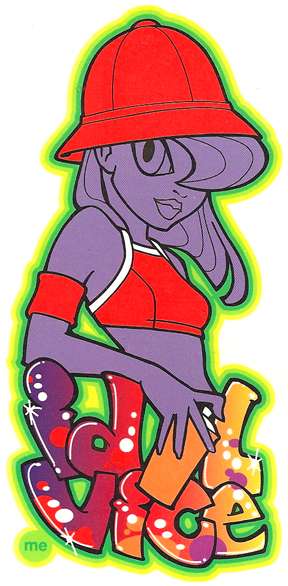
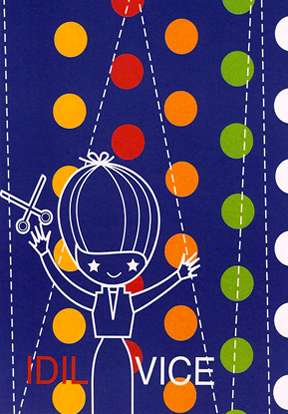

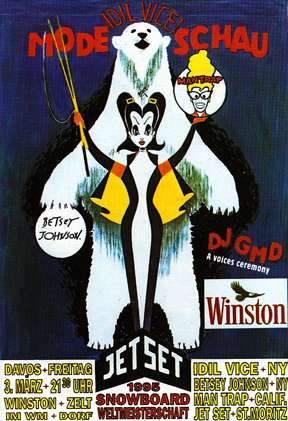
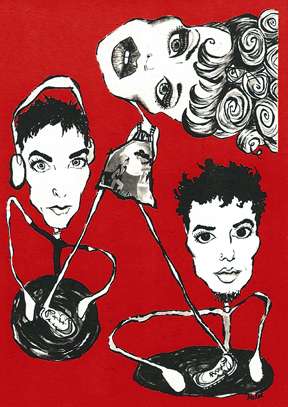
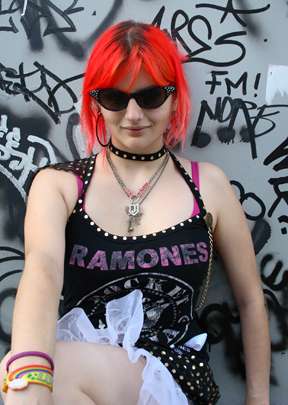
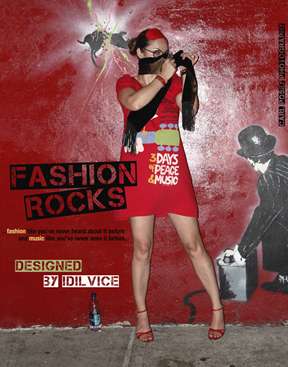


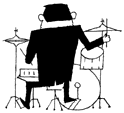
No comments:
Post a Comment